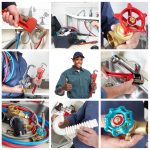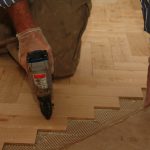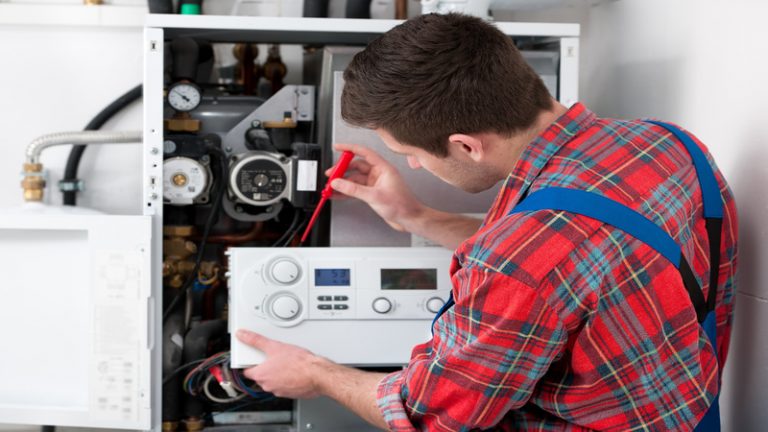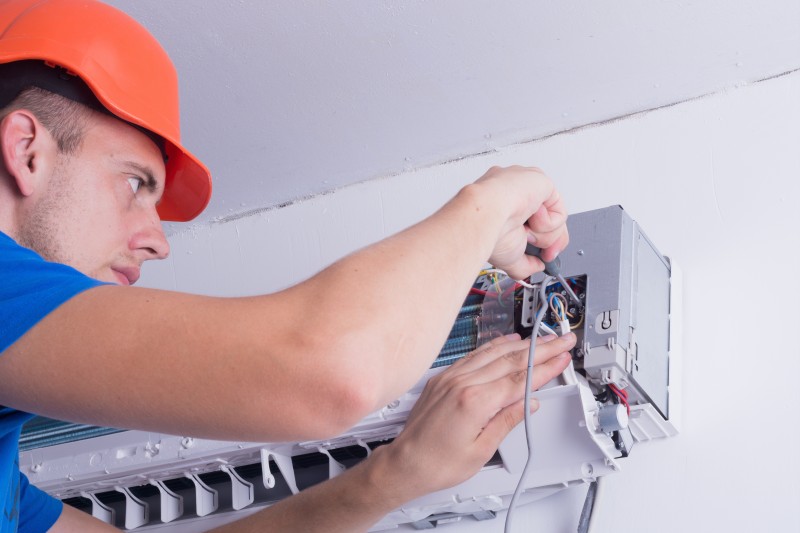When you take possession of your new home you will be handed a stack of leaflets which address all the mechanical and electrical components that have been installed. You will have a leaflet for the boiler, the thermostat and the programmer, but nothing at all to explain how central heating in Guildford actually works.
The normal domestic central heating system comprises eight basic components:
1. Boiler
2. Programmer
3. Individual room thermostats
4. Hot water tank thermostat
5. Radiators
6. Hot water tank
7. Diversion valve
8. Pump
Of these, the boiler, programmer, thermostats and radiators have some sort of control that can be adjusted or preset.
How they the central heating in Guildford works as a system:
1. The boiler heats two things, the hot water tank and your house.
2. The programmer has an integral clock and dual switches. The switches are programmed to turn the hot water system and the central heating system on and off at times preset by the homeowner.
3. The programmer is responsible for turning the system on and off, the room thermostats and the hot water cylinder thermostat turns the boiler on and off as needed.
4. The diverter valve is used to send the hot water either to the hot water cylinder or the radiators, all depending on which thermostat demands heat. The valve can assume a middle position if both elements are calling for heat at the same time.
It is really just that simple; however, there are a few other things which are useful to know.
The water that is in the heating system stays indefinitely until it is drained, perhaps for service. This is not the same water that comes out of the hot water tap in the bath. The water stays in the hot water system so that there is a reduction in the corrosion of the internals as well as allowing the water to be treated with a rust inhibitor.
The water is kept separate in the boiler with a long coil of pipe for the central heating Guildford. The coil of pipe is part of a continuous loop that travels throughout the house.
There is a control knob on the front of the boiler; this sets the temperature of the water, thus the temperature of the radiators when the thermostat has called for the heat to be on.
Most modern boilers have what is called a ‘pump over-run.” The pump will keep running for a few minutes after the boiler has been switched off, this eliminates any static water from staying in the heat exchanger and boiling after the flame dies. This feature extends the life of the heat exchanger. This is commonly called a fully pumped system.







